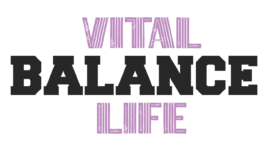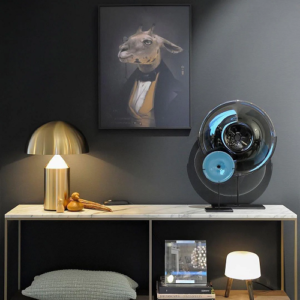The management of quality control refers to the process of ensuring that a product or service meets the desired level of quality. It involves monitoring and evaluating various aspects of the production process to ensure that products are produced to meet customer requirements and comply with regulatory standards.
This management typically includes:
- Setting quality standards
- Examining and testing goods at various production phases
- Identifying and addressing defects or issues
- Continuously improving the production process to enhance quality and efficiency.
The goal of quality control management is to ensure that products are produced consistently and meet customer expectations, while minimizing the risk of defects or quality issues.
Sourcing products from China has become a popular choice for businesses looking to cut costs and increase profits. However, with the benefits of sourcing from China come challenges, one of which is maintaining quality control.
Poor quality control can result in product defects, delays, and other issues that can damage a business’s reputation and bottom line. This article will discuss how to conduct quality control management when sourcing from China.
- Identify the quality requirements for your products: The first step in quality control management is to identify the quality requirements for your products.
This involves creating a detailed product specification sheet that outlines the product’s dimensions, materials, finishing, and any other requirements.
This specification sheet should be communicated clearly and effectively to the supplier, and any changes should be documented and communicated promptly.
- Find a reliable supplier: Once the product specification sheet is in place, the next step is to find a reliable supplier. This is where conducting due diligence is crucial.
One way to find a reputable supplier is to work with a sourcing agent or third-party inspection company. These companies have established relationships with suppliers and can provide valuable insights into a supplier’s reliability and quality control processes.
- Establish clear quality control standards and expectations: When working with a supplier, it is important to establish clear quality control standards and expectations. This should include regular communication and monitoring of the production process, including inspections and audits.
These inspections should be conducted at various stages of production, including pre-production, during production, and post-production.
- Pre-production inspections involve verifying that the supplier has understood and is capable of meeting the product specifications. This includes checking materials and components, production processes, and equipment.
- During production inspections involve checking the quality of the product as it’s being produced, identifying and addressing any defects, and ensuring that quality control standards are being met.
- Post-production inspections involve checking the final product for any defects or quality issues before shipment.
- Build a relationship with your supplier: Another key aspect of quality control management when sourcing from China is to build a relationship with your supplier. This involves communicating openly and honestly about your expectations and working collaboratively to address any issues that arise.
It is important to remember that suppliers are often dealing with their own challenges, such as changing regulations, rising costs, and labour shortages.
- Stay up-to-date on all matters: In addition to working closely with your supplier, it is also important to stay up-to-date on the latest quality control practices and regulations in China.
This includes understanding the country’s legal requirements for product safety and quality, as well as staying informed about any changes or updates to these regulations.
Conclusion
In conclusion, conducting quality control management when sourcing from China requires a comprehensive and proactive approach. This includes the following:
- Establishing clear quality control standards and expectations
- Working with a reputable supplier
- Conducting regular inspections and audits
- Establishing a solid rapport with your provider.
By following these best practices and staying up-to-date on the latest regulations and practices, businesses can mitigate quality control risks and ensure that their products meet the highest standards of quality and safety.



